Newfoundland dogs have long captivated both dog lovers and historians alike with their large size, gentle demeanor, and impressive abilities. Originating from the rugged island of Newfoundland in Canada, these remarkable canines have an intriguing history that spans centuries. In this article, we delve into the fascinating tale of the gentle giants, exploring the origins and evolution of Newfoundland dogs to gain a better understanding of how they became admired and beloved companions all around the world.
Newfoundland Dog Origins
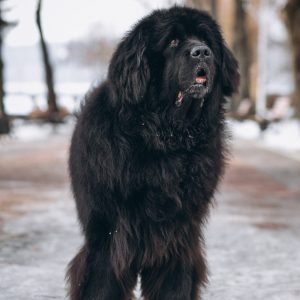
Newfies hail from the Canadian island of Newfoundland, hence their name. Their ancestors likely arrived with Viking settlers around the 10th century, possibly blending with large black dogs native to the island. These early Newfies were prized for their strength and swimming prowess, assisting fishermen by hauling nets and rescuing people from icy waters.
Their distinctive black and white coat is thought to be an adaptation to their environment. The black fur absorbs heat from the sun while the white chest reflects it, helping them stay comfortable in Newfoundland’s changeable climate.
Newfoundland dogs became known beyond their island home in the 19th century, particularly for their heroic water rescues. They even earned the nickname “the lifesaver dog” for their bravery and skill. Today, Newfies are not just beloved working dogs but also cherished companions. Their gentle nature, loyalty, and intelligence make them wonderful family dogs, always eager to please and offer a furry cuddle.
Were Newfoundlands originally bred for water work?
This is a big one! While Newfies are renowned for their swimming abilities and water rescues, their exact origins remain a bit murky. Theories suggest their ancestors arrived with Viking settlers in the 10th century, potentially mixing with large native dogs. These early Newfies were likely used for various tasks, including hauling nets and pulling sleds, but their natural talent for water work would have been highly valuable in Newfoundland’s fishing communities.
Is the Newfie's distinctive black and white coat a survival adaptation?
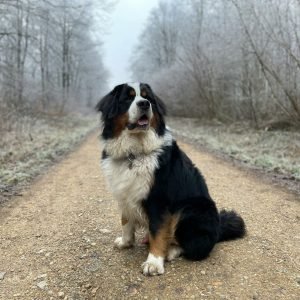
The Newfie’s striking black and white coat is indeed thought to be an adaptation to their island home. The black fur absorbs heat from the sun, while the white chest reflects it, helping them stay comfortable in Newfoundland’s changeable climate. This dual-toned coat might also have provided some camouflage while working on the water.
How did Newfoundland dogs get their name?
The breed is named after the Canadian island of Newfoundland, where they were first developed. They played a crucial role in the daily lives of the local fishermen, earning a reputation for their versatility in water-related tasks. Over time, they became known as Newfoundland dogs or Newfoundlands.
All About Newfoundland Dog Size and Weight
The Newfoundland dog is a large and strong breed. Adult males typically weigh between 130 to 150 pounds (59 to 68 kg), while females generally weigh between 100 to 120 pounds (45 to 54 kg). In terms of height, adult males stand about 28 inches (71 cm) tall at the shoulder, and females stand about 26 inches (66 cm). These dogs are known for their massive build, strength, and gentle temperament, making them excellent working dogs and loyal family companions. Keep in mind that individual dogs may vary, and these are general guidelines for the breed.
The temperament of the Newfoundland dog.
The Newfie is known for its exceptionally gentle and sweet temperament, often earning them the nickname “gentle giants.” Here’s a breakdown of their wonderful personality:
Gentle and Patient: These massive dogs are surprisingly calm and easygoing, despite their size. They’re incredibly patient with children and other pets, making them ideal family companions. Their gentle nature extends to strangers as well, though they may be naturally reserved until they get to know someone.
Highly Intelligent and Trainable: Despite their laid-back personality, Newfoundlands are quite intelligent and eager to please. They respond well to gentle, positive reinforcement training and can learn a variety of commands.
Protective but not Aggressive: While not naturally aggressive, Newfoundlands have a strong protective instinct towards their family. They will typically alert their owners to any potential danger but won’t hesitate to intervene if they feel their loved ones are threatened.
Relatively calm: Newfoundlands don’t need a lot of exercise compared to other large breeds. Daily walks and playful interaction are key to their happiness and health.. However, they do love swimming and will relish any opportunity to splash around in water.
Some things to keep in mind:
- While gentle, Newfoundlands are still large and powerful dogs. Early socialization and training are crucial to ensure they are well-mannered and easy to handle.
- Their thick fur requires regular brushing, especially during shedding seasons.
- They drool quite a bit, so be prepared for some slobbery kisses!
Overall, the Newfie’s temperament is one of their most cherished traits. They are gentle giants with hearts of gold, making them wonderful companions for families and individuals looking for a loving and loyal furry friend.
Coclusion:
Modern-day Newfoundland dogs stand as testaments to the remarkable breed that has captured the hearts of dog lovers everywhere. Their impressive physical characteristics, gentle nature, and remarkable intelligence have solidified their place as both beloved companions and invaluable working dogs. As their popularity continues to soar, it is clear that the gentle giants of the Newfoundland breed will continue to leave an indelible mark on the lives of those fortunate enough to share their journey.
Join us on Instapaper

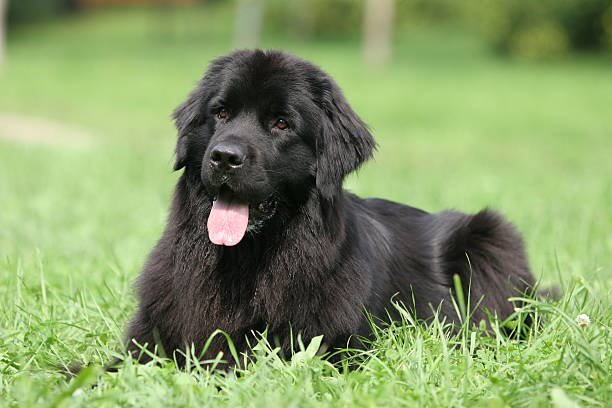
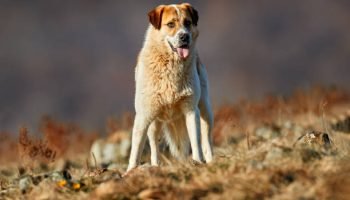



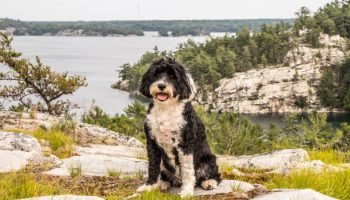




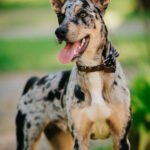

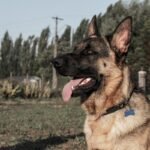
1 Comment